Starting this month, a new semi-regular feature will begin appearing on the blog: interviews with fellow makers! I am fascinated by the incredible range of experience, style, curiosity, creativity, and skill among the designers, dyers, knitters, crocheters, and other fiber artists I’ve met over the last several years. I’d bet good money you will be, too.
So I decided to start interviewing all these incredible people I’ve been chatting with.
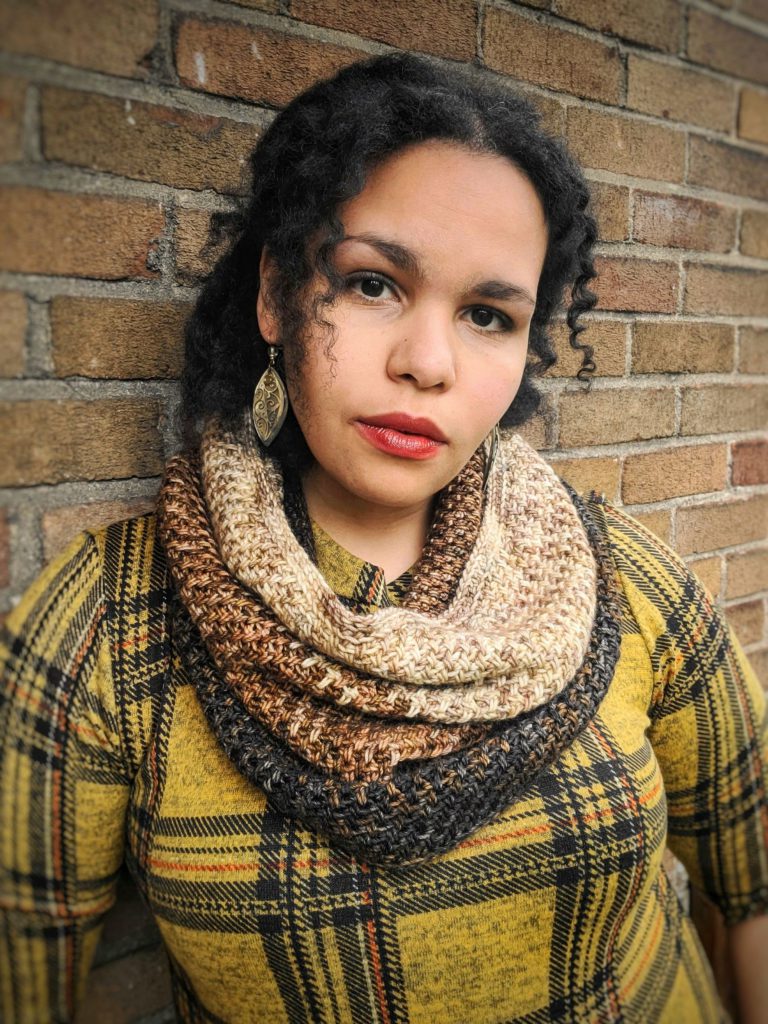
Our first featured maker is Rox of Eat.Wander.Crochet. Rox is based in Canada and designs modern crochet garments and accessories with innovative openwork details. You can find her on Instagram, Ravelry, and Payhip.
1. What first drew you to fiber arts?
It was a bit of a fluke. My first introduction to the fiber arts was at 6 years old. My mom taught me how to do the garter stitch, while watching Dr. Quinn Medicine woman. It didn’t last long though. Fast forward to a few years ago, I was looking for things to occupy my time while I was on medical leave. I ended up dabbling in knitting and then learning how to crochet, and this time it stuck. I liked that it was something I could do on my own time and at my own pace. It also allowed me to feel a sense of accomplishment during a time where things were difficult for me and I didn’t feel very capable.
2. I’ve also found that fiber arts helped me feel like I was capable and in control of something during times when I didn’t feel that way about much else. Why do you think making things affects us this way?
I think fiber arts allow us to feel like we have control over something. A lot of thought goes into making something – we decide what we are going to make and we choose what fiber and color we’d like to use. On top of that, the finished product is basically up to us – through learning new things and practicing what we have learned, we are able to produce something unique, made just for us (or the person we are gifting it to). I also feel like it makes us focus on something other than the problem(s) at hand. You know how people say “just take it a day, or even a minute at a time”. When I’m struggling, I sometimes find it hard to focus on time itself. With knitting or crocheting, it’s easier – there is something tangible to focus on. You can really just take it one stitch at a time. And before you know it, many stitches and many minutes have gone by.
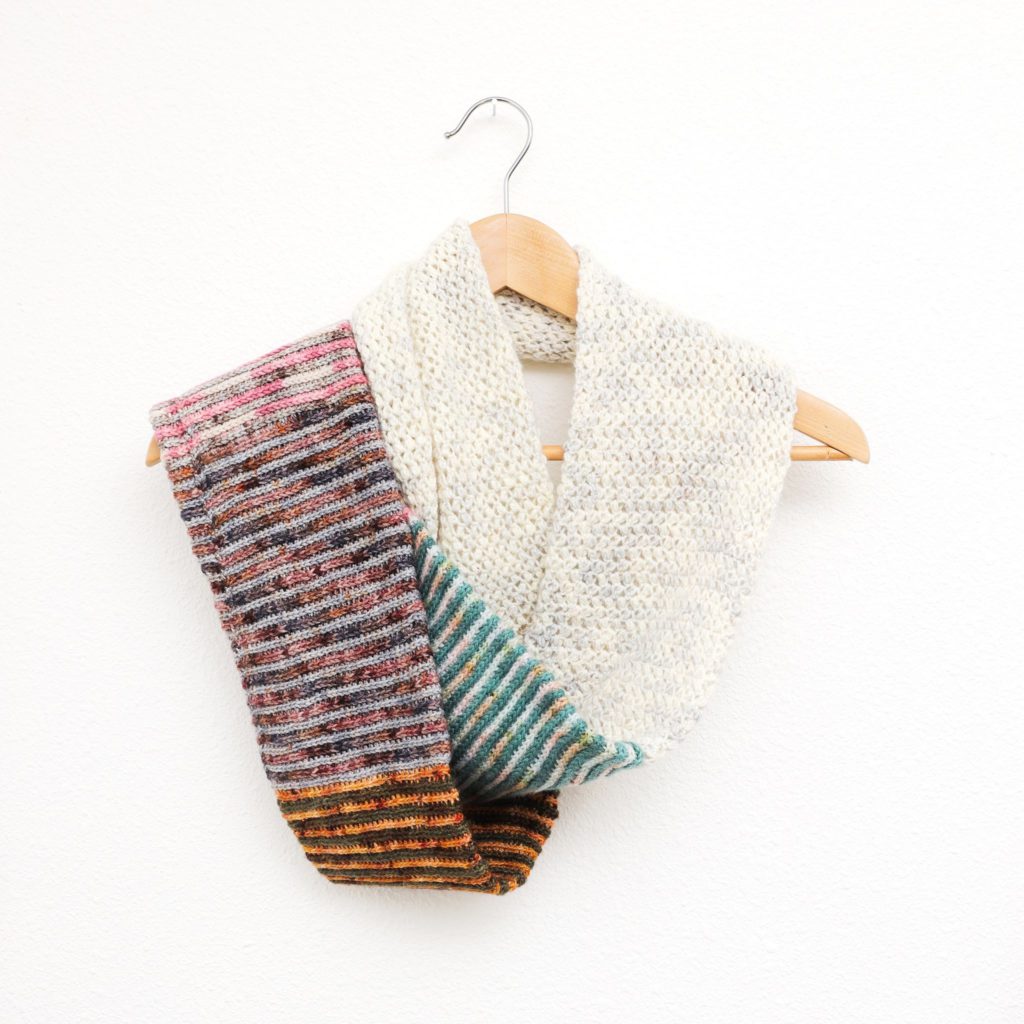
3. What is the most important lesson you’ve learned from fiber arts?
Fiber arts taught me to be more patient and that it’s okay to make mistakes – in fact, making mistakes can even make your project turn out better in the long run.
4. How do you hope your work will affect others?
I hope that people will find something new whenever they try a pattern. It doesn’t have to be anything major – it could even be, “oh, I didn’t think of using this stitch or technique in that way. That’s cool!”
5. When do you feel most inspired to work?
I like the early afternoon. I feel awake and focused during that time.
6. How do you cultivate creativity in your daily life?
In the words of Broken Social Scene – “you all want the lovely music to save your lives”. Music can definitely be a lifesaver. It is a major part of my life and my creative process – it helps me focus while I’m working (whether job or crochet), it is the soundtrack to my walks, past trips, and various life moments. It’s sometimes the inspiration for my designs (eg, The Imprint Cowl and the album “Offerings” by Typhoon). I also like to imagine things to music – it is how I usually come with my non-tutorial reels.
7. Where do you like to do your work? Why do you like that spot?
I usually like to crochet on my office chair or my bed. I like the office chair because it’s next to the window, so it’s bright and sunny. It also has good back and arm support. I like my bed because it’s super cozy, not great for my back though.
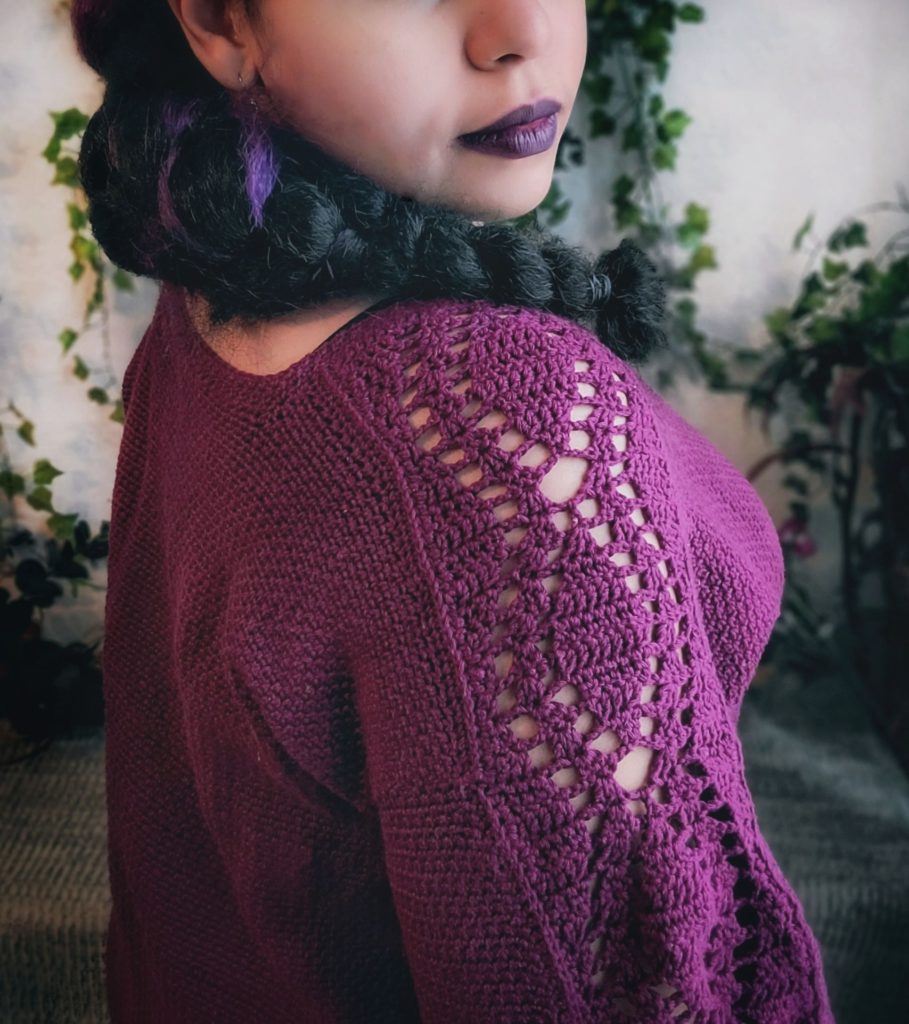
8. Who has helped you become a better fiber artist? How have they helped you?
Christa (thefrostedstitch) is definitely someone who has helped me become a better fiber artist. We became friends when we worked on the Fine Feather Cowl kit together. It was a huge deal for me – I had never done a kit before and never collaborated with a yarn dyer. I was honestly just doing my own thing and was pleasantly surprised she took interest in my designs. Over time, I have found her to be extremely supportive — she is happy to bounce ideas around and is always honest, though gentle with her opinions. Her talent for making beautiful yarn is also inspiring. The different colorways she comes up with help me imagine new possible patterns.
9. I loved hearing the origin story of your friendship with Christa! It seems like collaboration is so important when building a fiber business, but it often looks different from collaboration in other industries. What do you think are some key factors in a good fiber arts collaboration?
I think open communication, including laying out the expectations of the collaboration, and respect are the most important things. Christa proposed working together, but left it up to me to decide what I wanted to make and whether we would use existing colorways or come up with kit-specific colorways. There was a lot of back and forth during the whole process about the theme and what colors would work best, how many skeins, etc. Both of us also have lots of respect for the other person’s skills and their time. For example, I had suggestions for colors, but I trusted that she would come up with the best color combinations given the design idea. How often and in what way you communicate will of course vary from dyer to dyer or yarn company to yarn company. But I think if you have those things, it’s a pretty solid foundation.
10. Why did you decide to build a business in fiber arts?
It was the suggestion of a good friend of mine, almost a dare in a way. While I had had some design ideas, I didn’t really think of bringing them to life. He asked me “Why not just try?”. So, I did and I guess the rest is history. I still largely consider it a hobby business. With each pattern, I answer the question “is this design possible?”. I test it out and then share my results with people, and hope they enjoy it, too.
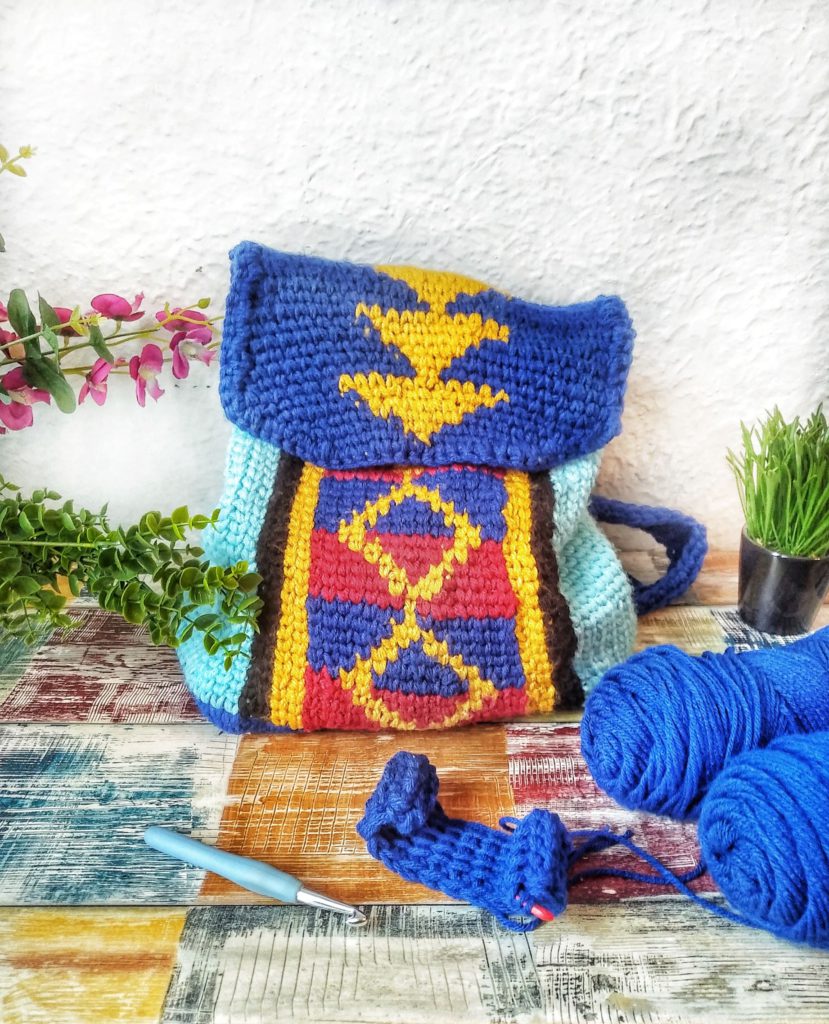
11. I’d love to hear more about your design process for testing new ideas. How do you know when you’ve got a good one? How long do you work on something before you decide it’s not going to work?
I feel like a good idea is one that successfully combines form and function. Sometimes I just feel like making a specific type of project. Other times, it is to fulfill a need I have (whether that is keeping warm or using up yarn). With time, I have also learned more about how various crochet stitches behave, so that will also dictate what stitch I use for what. That will also dictate what type of yarn is used (eg, solid or variegated). Either way, it often starts with a sketch and at the very least, a mental note of what characteristics I want the design to have.
A good example of this is a pattern I am working on now – the Fine Feather Mittens. I actually started working on this almost 2 years ago. I wanted something cute to keep my hands warm, but that also was convertible so I could easily access my phone, if needed. I thought it was going to be a quick project, but I really did not like the first couple iterations of it.
- First, it looked like a mushroom because the flap was seamed
- The stitch definition of the ribbing was poor and it wasn’t stretchy enough
- I just felt like some of the design features got lost in the yarn – the colors didn’t stand out enough
I decided that wasn’t going to work and let it sit for some time, before making a new version that fixed all of those issues and ultimately looked a lot better.
But sometimes, it might not work out at all. At times, the yarn might not be a good fit for that idea. The Sugar Stripe Infinity Scarf was actually meant to be a shawl, but it was just not working out despite many trials. At that point, I put the idea to rest and let the yarn tell me what it wants to become. And maybe I’ll try that idea with different yarn in the future, or maybe never again. So long story short, it’s lots of trial and error. I always hope that people will like my patterns too, but ultimately, I have to be happy with it first.
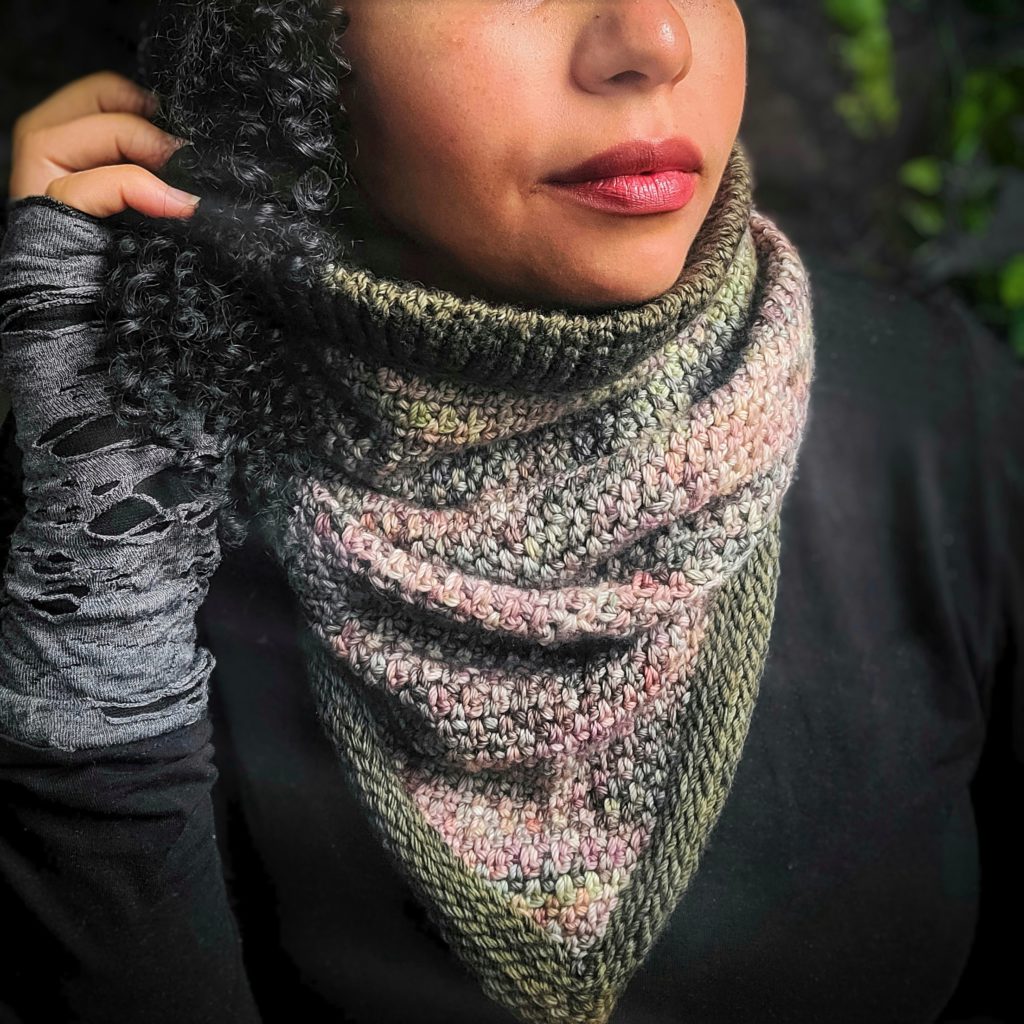
12. How do your previous experiences show up in your work?
Some of my designs take inspiration from previous travels. This may be a story from the trip or a particular landscape that the stitch pattern I use tries to recreate in some way. Others, like the Highlife Backpack, relate to my ethnic background. It was a way to explore my Nigerian culture, learn more about the fabrics, and infuse it into crochet.
13. Your designs often feature a sleek, almost minimalist silhouette that really shows off textured stitches and yarns. How did you find your aesthetic and has it gone through any changes during your design journey?
I wasn’t sure how to describe my work, so thanks for that. I think initially, I was just trying out different textures and colors, and didn’t have a particular style. So, there was definitely a lot of trial and error. In the end, I decided to look at my wardrobe and what I actually wear. I don’t tend to follow clothing trends, so things that are classic, easy to style, and versatile are what I lean to the most. So now, I’ll often choose 1 thing I want to focus on and let the rest of the design prop it up. For example, the Laurentian Sweater has a lacy sleeve detail, while the rest of the sweater uses a plain stitch pattern.
14. Crochet seems to be undergoing some really cool changes and developments right now. What do you think are some of the most interesting, exciting things happening in the crochet world that stitchers should keep an eye on?
I think more people are dabbling into crochet clothing and interesting shawl shapes. I don’t intend to make a comparison between knitting and crocheting, because both are cool and unique in their own right. But I do feel like some of the things that knitting has been doing for some time, like top-down garments or shawls shaped differently than your standard triangle or rectangle, have only started to catch on in recent years. And that’s really cool – I look forward to seeing what everyone’s coming up with.
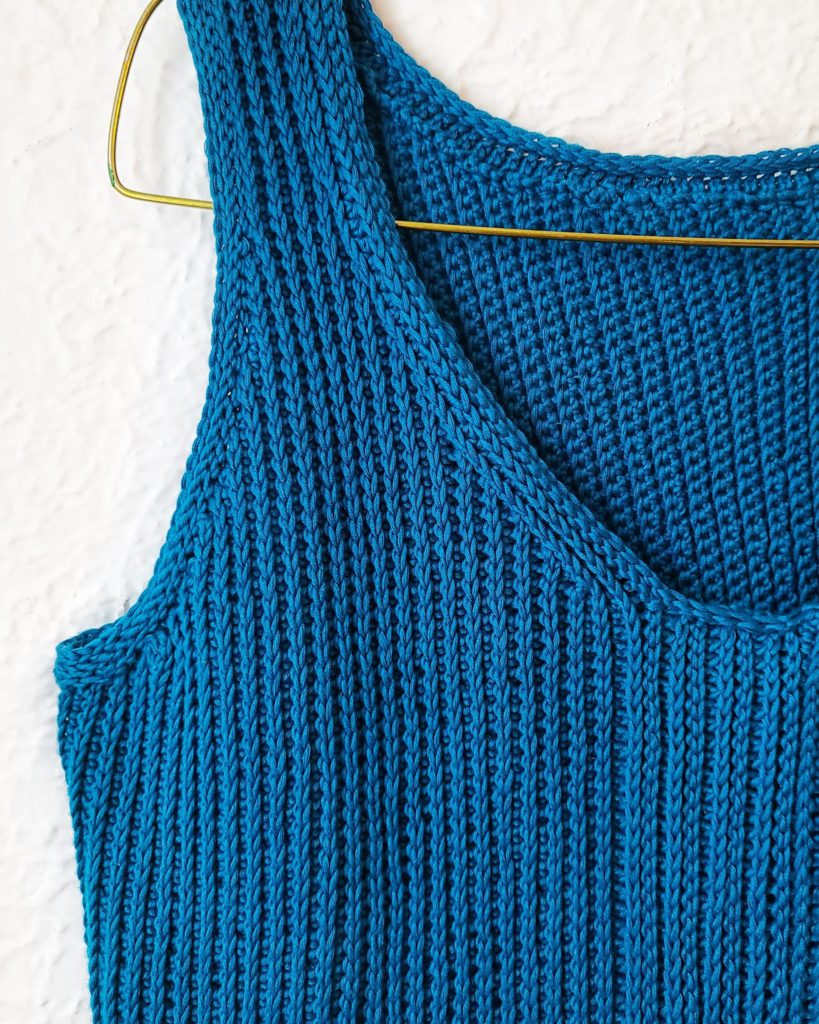
15. What are some big dreams you have for your design work in the future?
My biggest dream/goal is to make sure this remains interesting and fun. It’s important to find something new, even in a familiar place. So even when I reach a point where I have been crocheting for decades, I want to continue trying different shapes and textures, stitching in various experiences, be it travel, culture, food, or something else. And I hope people feel like they are taking a journey too, as they savor each stitch.
—
Many thanks again to Rox for joining me in conversation this month! Be sure to follow her on Instagram so you can keep up with her work.
If there’s a maker you’d like to see interviewed (or you’d like to be involved yourself!), please drop me a comment below or send an email. I’d love to have as many people involved in this project as possible.
Let’s stay connected!
Join my newsletter for 30% off all new releases, regular updates with helpful tips and tricks, first crack at registration for upcoming workshops, exclusive discounts, and more.
Join the A Bee In The Bonnet Facebook Group to participate in knitalongs and other fun community events
Come hang out with me on the A Bee In The Bonnet TikTok
Follow along on the A Bee In The Bonnet Instagram
Get inspired via the A Bee In The Bonnet Pinterest

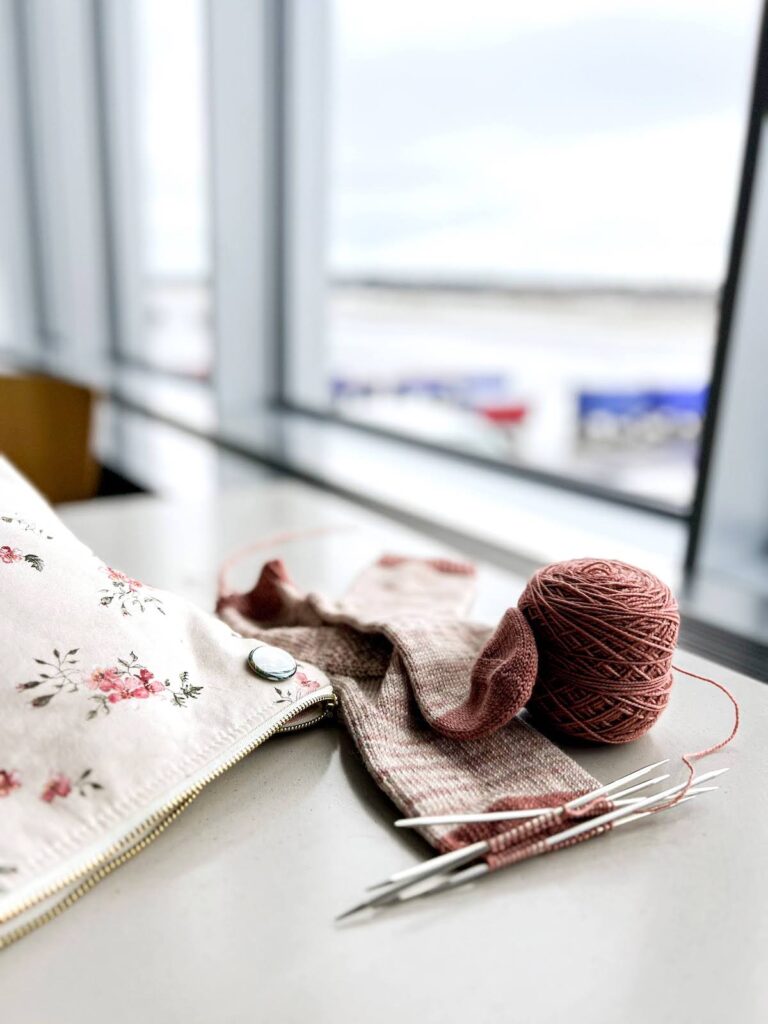

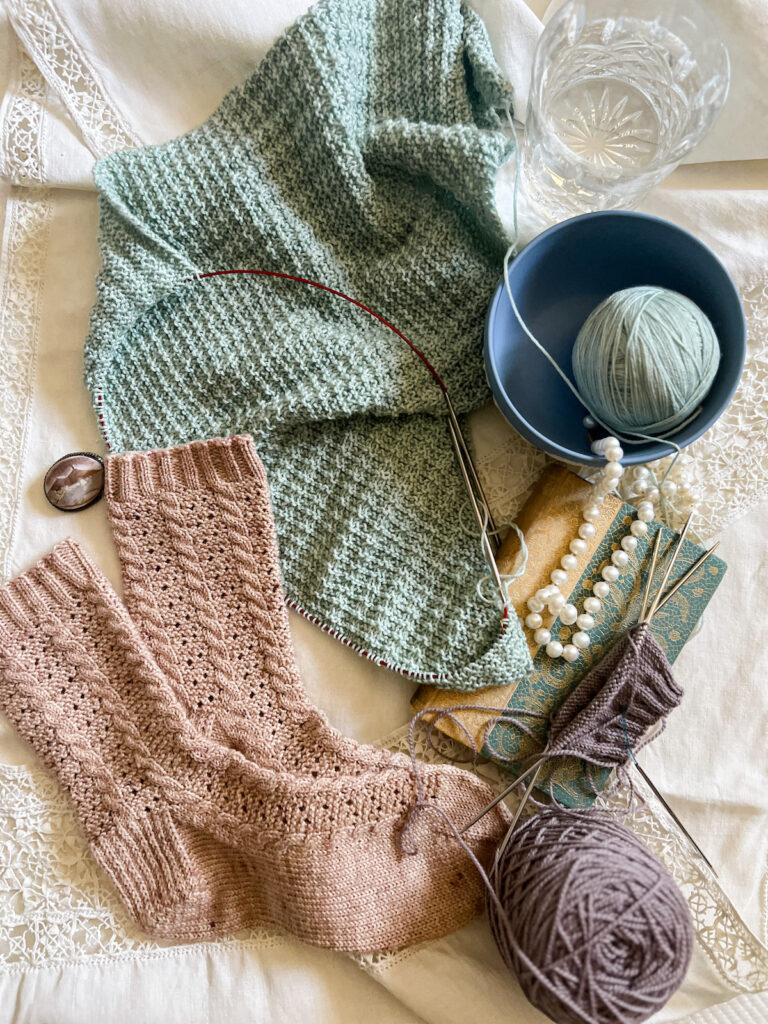
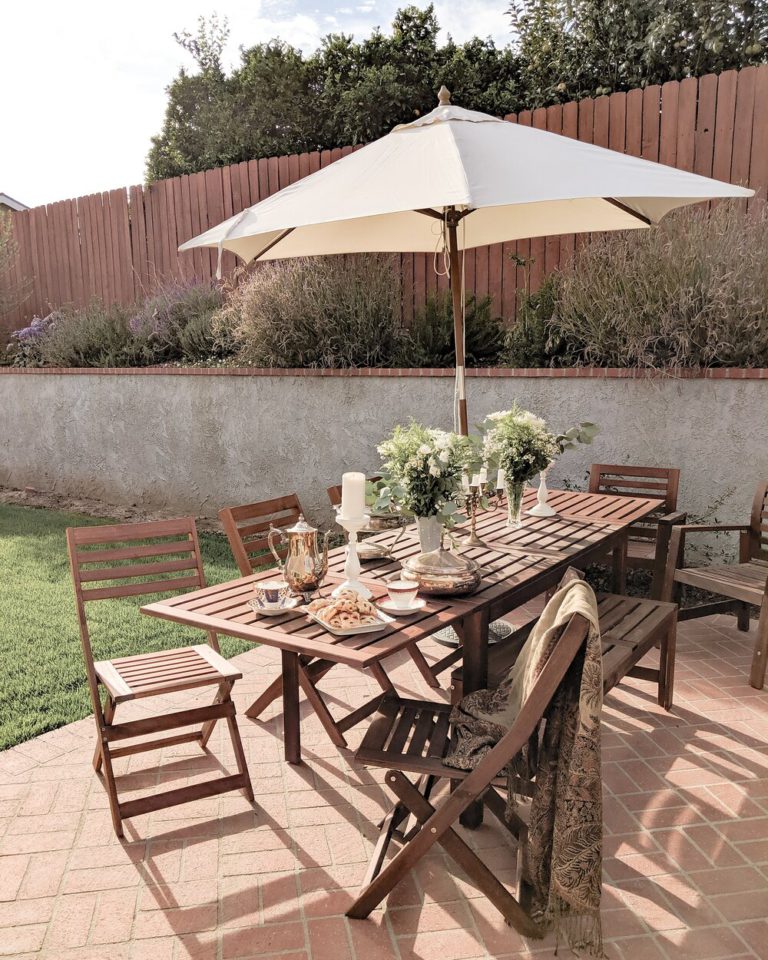
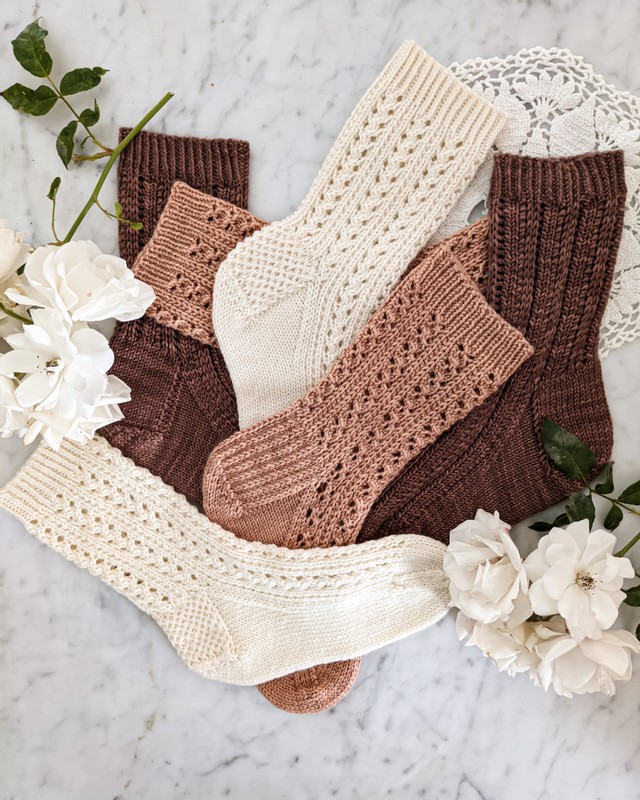
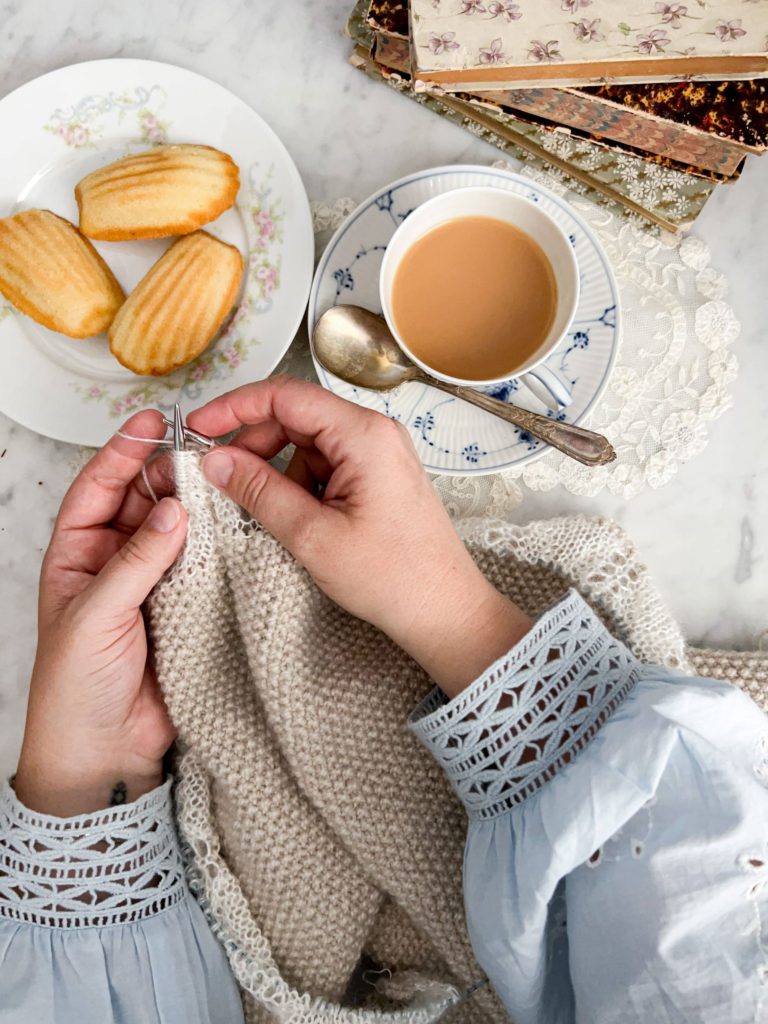
Thanks so much for having me on your blog. It was an honor! Looking forward to seeing the next Meet the Maker interviews! 😊
I’m so glad you agreed to be part of this project! It was great having a chance to chat and explore these ideas.
Loved reading this.